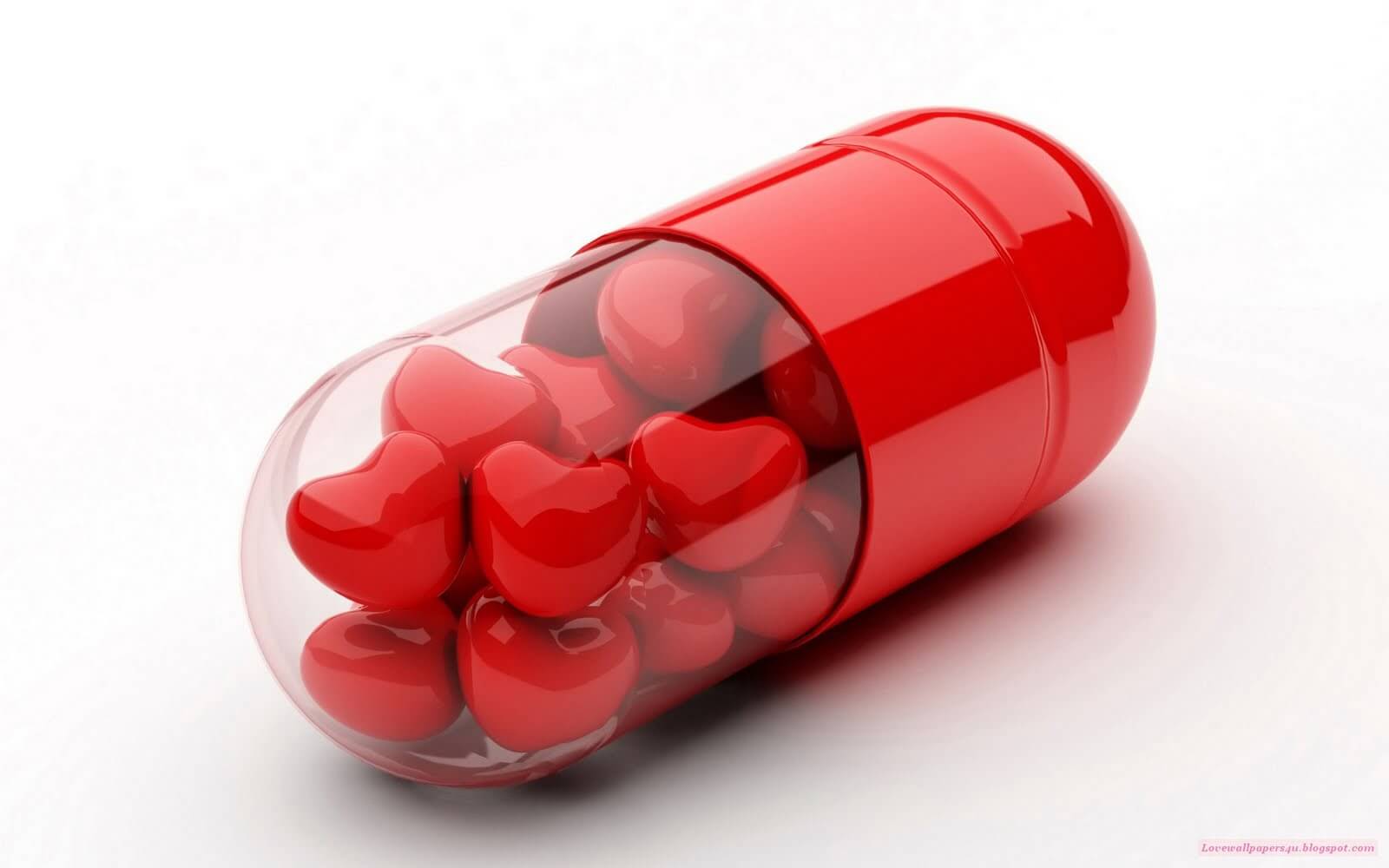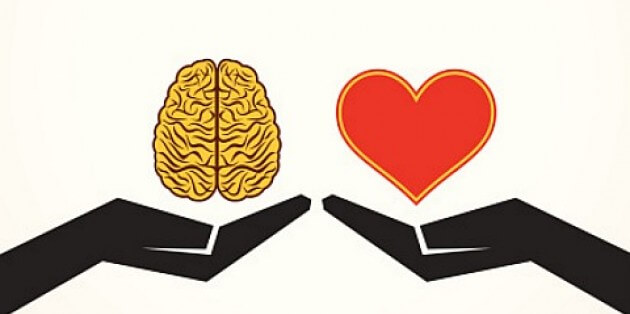By Paul06 February 2015
Some say that people love with their heart. However, research has shown that love is all in the brain. Some of the things you’ll read below you might find surprising!
Researching our brain in love
Throughout her academic career anthropologist, Helen Fisher has studied love to a great extent. Several years ago she decided to study the madness we call love. Romantic love gives us a certain drive; we feel good when we’re in love and it seems to occupy our mind 24/7. One would even say it’s like being addicted to a drug.
The results
When Dr Fisher examined couples that are in love using an fMRI scan (a scan giving a detailed picture of which brain areas are most active), she found out that when we are in love a brain system that lies deep within our brain becomes active. This system is called the ventral tegmental area (VTA), and it’s associated with desire, motivation, focus and craving. It releases chemicals such as dopamine, which gives us a sense of reward. You’ll probably have guessed by now: the same area becomes active when we are exposed to drugs such as cocaine. The difference is, though, that a cocaine high doesn’t last, but romantic love will stay in your mind and it won’t leave. It’s like an obsession.
From love to addiction
There’s really not any downside to the obsession as long as the romantic relationship is going well, but when it’s going poorly it can become a horrible addiction. Together with Lucy Brown, a neuroscientist at Albert Einstein College of Medicine, Dr Fisher also examined people using an fMRI who had recently become single. The exact same brain regions that are active during romantic love were still active after becoming single. It would be best to move on with your life, but it seems you just love the person who just ended the relationship with you even harder. Like an addiction to a drug, the brain system responsible for desire, motivation and craving become more active when you can’t get what you want. They also found that the nucleus accumbens, a brain region responsible for calculating losses and gains, becomes more active. Like with gambling addiction it becomes increasingly active when one is willing to take huge risks for losses and gains. Not surprisingly it can be said that a break up is similar to going cold turkey.
Oxytocin - The love hormone
Besides the chemicals dopamine and serotonin that give us a sense of reward and happiness, there’s another chemical called oxytocin, also known as ‘the love hormone’. This chemical is related to loving and bonding. It is released in the brain when we hug or kiss, when a mother nurses her infant, or when we experience other emotional bonding moments. However, research has also shown that oxytocin isn’t always our friend, it can to some extent induce jealousy, suspicion and envy. A study has shown that oxytocin basically bolsters social feelings of all types; in a positive context people tend to be more pro-social, but in a negative context people experience more negative emotions.
Novelty is the best remedy
So, do you feel like your relationship is going sideways? Don’t start taking oxytocin supplements. Research has shown that the best remedy is novelty. The relationships that last the longest are the ones where couples keep the romance alive by going on date nights or city trips. Novelty triggers neurochemicals to be released in the brain, causing you to feel good, also about each other. The same neurochemicals that were released the first time you fell in love. Compare it to your favourite dish. If you were to eat the same dish every single time you’d eventually grow tired of it. Mixing it up keeps it fun.
The link between social and physical pain
Several studies have linked emotional and physical pain to the same systems. In 2006 a study was done where participants were tested for their pain threshold. After that, they had to play a digital ball-tossing game. They thought they played with two other participants, but in reality, the entire game was run by the computer. In some cases, participants received the ball a fair amount of times. But in other cases, participants never got the ball and were, so-called, socially excluded. The socially excluded participants reported 67% more social distress than the non-excluded participants, but they also reported higher pain ratings in a follow-up pain threshold test. This indicates that there is a link between social and physical pain.
The brain processing pain
This research is supported by fMRI studies. Emotional and physical pain are both processed in the brain’s dorsal anterior cingulate cortex. This area is active in processing pain stimuli. Presumably, this reflects not so much the processing of pain stimuli per se, but rather the aversive nature of these incentives. That physical and emotional pain are processed in the same system is corroborated by the fact that people who experience ailments such as chronic pain also tend to experience social rejection and emotional anxiety more strongly.
To sum up, it can be said that our brain has a major influence on the way we experience love, and how we feel about our lover or ex-lover. Keep in mind that novelty keeps a relationship strong and lasting!


